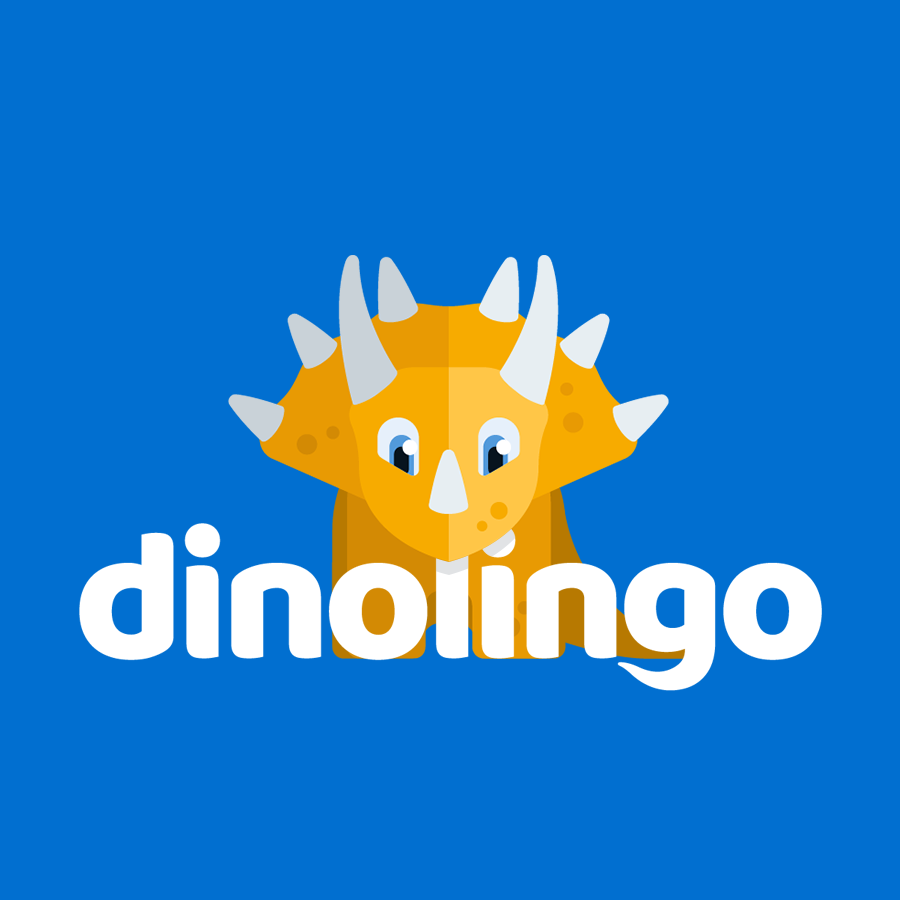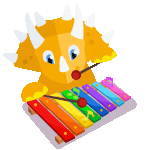Big Moments in Italian History Every Kid Should Know
The History of Italy for Kids
Italy has a long and fascinating history that stretches back thousands of years. Let’s explore how Italy grew from ancient times into the beautiful modern country we know today.
Ancient Times
By 500 B.C., Italy was home to many different groups of people. The Greeks built small colonies along the southern coast and on the island of Sicily. In the north, Gauls, who were early ancestors of today’s French people, lived in the mountain areas. In central Italy, a group called the Etruscans settled down. They built city-states and were the first in Italy to create stone arches, aqueducts, paved roads, and even sewer systems.
The Birth of Rome
According to legend, Rome was founded in 753 B.C. by twin brothers Romulus and Remus. They claimed to be sons of Mars, the Roman god of war. After an argument, Romulus became the first king of Rome. Over time, Rome had seven kings. But in 509 B.C., the people overthrew the last king and created a new form of government called the Roman Republic.
The Roman Republic
In the Republic, two elected leaders, called consuls, ruled Rome with help from a group called the Senate, made up of wealthy citizens known as patricians. A second group, the plebeians, represented the common people. As Rome expanded, it conquered much of Italy and even territories overseas. However, power struggles followed. One famous moment was when a former slave named Spartacus led a major rebellion.
Julius Caesar and the Empire
One of Rome’s most powerful leaders was Julius Caesar, but he was killed by rivals. After his death, his nephew Octavius took control and became the first Roman Emperor in 29 B.C. The Roman Empire spread across Europe, North Africa, and the Middle East. This time of peace and power was called the Pax Romana. But after the death of Emperor Marcus Aurelius, the Empire slowly began to weaken.
The Fall of the Roman Empire
In 395 A.D., the Roman Empire split into two parts: the Western Roman Empire, ruled from Rome, and the Eastern Roman Empire, ruled from Constantinople (modern-day Istanbul). Eventually, Rome was invaded and collapsed in 410 A.D. For many centuries after, Italy was made up of small city-states and regions ruled by different powers.
The Renaissance and Great Explorers
Around the 1300s, Italy began to thrive again. This time is known as the Renaissance, which means “rebirth.” Trade and travel flourished. Wealthy families supported great artists, inventors, and scientists. Famous explorers like Marco Polo and Christopher Columbus helped connect Italy and Europe to the rest of the world.
Becoming One Nation
Over the next few centuries, parts of Italy were taken over by other countries such as Spain, France, and Austria. In the 1800s, Italy slowly united into one country. In 1870, Rome became the capital, and Italy officially became a single nation.
Mussolini and World War II
In the 1920s, a man named Benito Mussolini gained power. He wanted to bring back Italy’s former glory. He took over the government and became a dictator. Mussolini led Italy during World War II, joining forces with Germany. But as the war continued, Italy lost power, and Mussolini was captured and killed.
Modern Italy
After the war ended, Italy became a republic and ended its monarchy. With help from the United States, Italy rebuilt its economy and joined the European Union. Today, it is a strong, democratic country with a rich culture and history.
Learning More About Italy
Children can explore more about Italian culture and language through fun and interactive platforms. One great option is Dinolingo, which offers Italian lessons for kids with stories, songs, and games that make learning feel like playtime.

Start Learning a New Language Today!
Best Language App for Kids.
7-day free trial. Then only $19/month. Cancel anytime.
